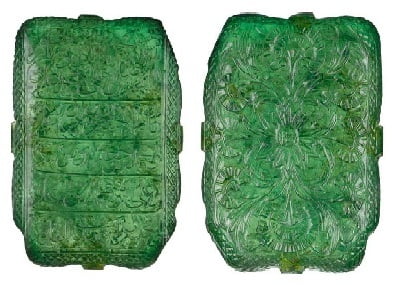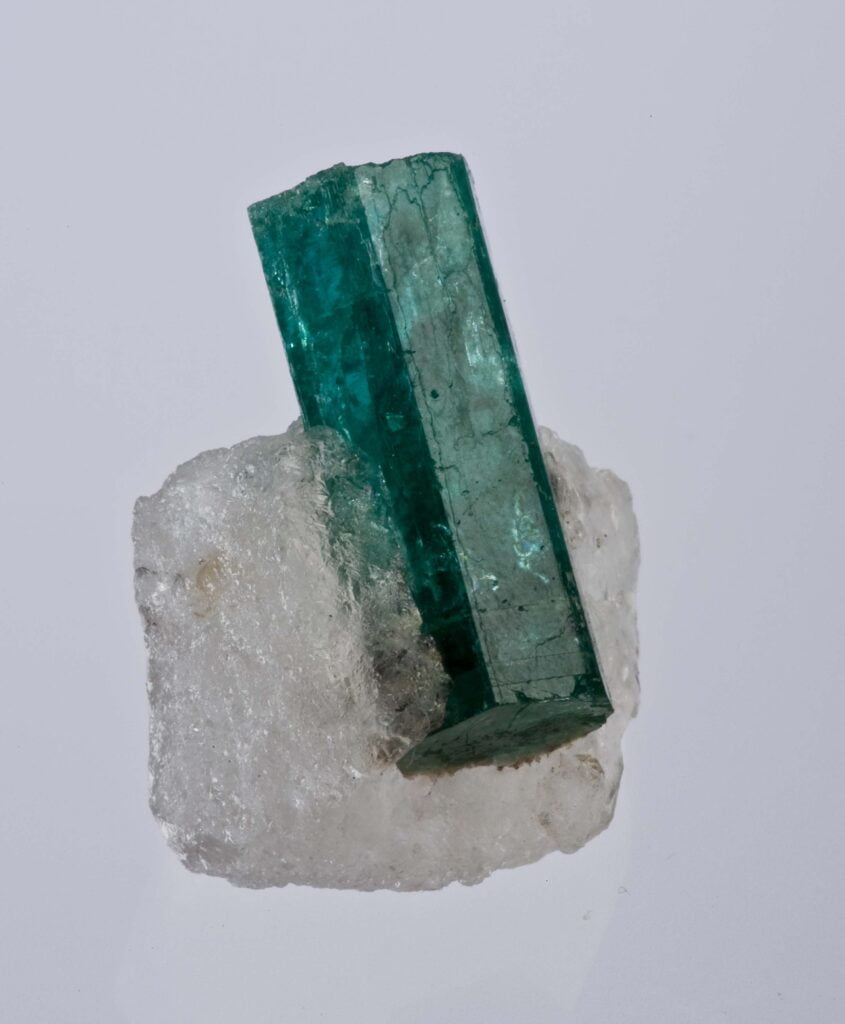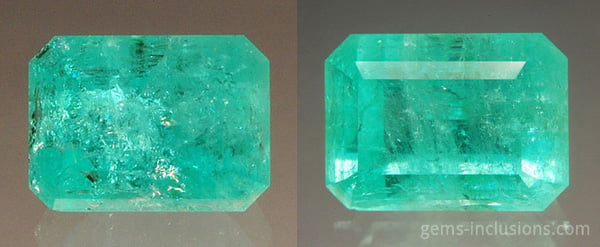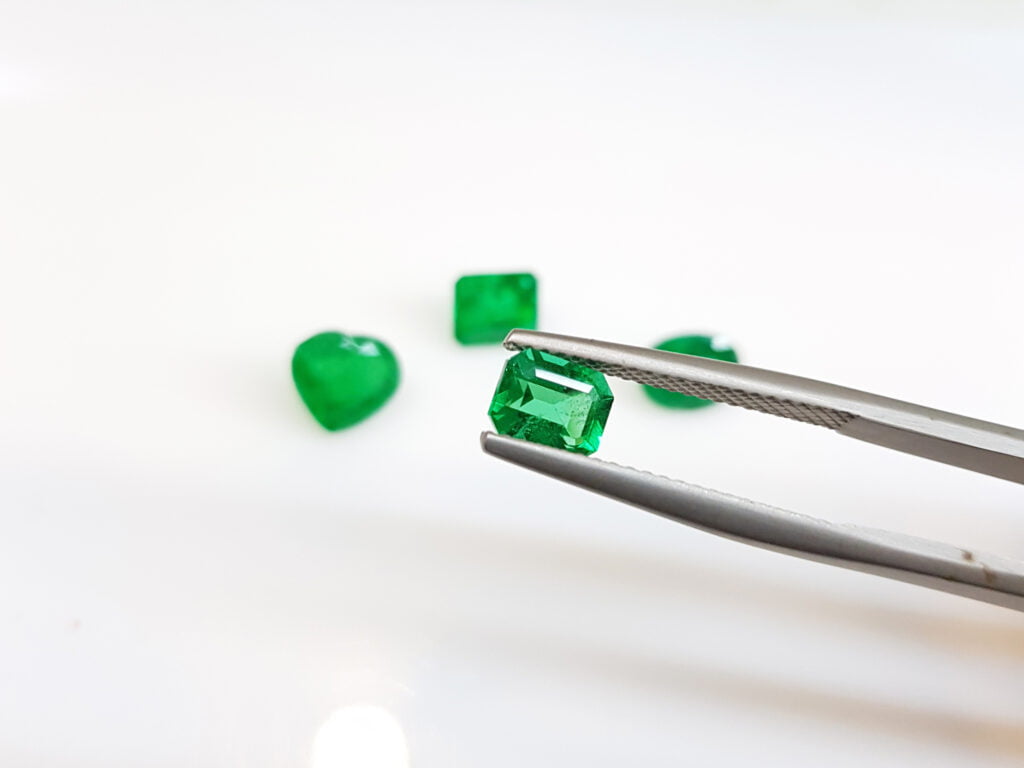The Rich History of Emerald
Without a doubt, emeralds are among the most treasured and recognisable gemstones in the world. In the modern era, jewellery featuring top quality emeralds can fetch great figures in auctions due to the rarity and high demand factors. On the contrary throughout history, many ancient civilisations have looked upon emerald as a symbol of royalty, status, and mythology. The earliest mention of emerald was in the Bible’s chapter of Exodus. The estimated period of Exodus was around the 13th century BC. And it was then when the High Priest of the Israelites wore a breastplate of twelve different gemstones, and among them is the emerald. You can visit https://www.fareastgemsjewellery.com/collections/emerald to view some gem quality emeralds.
Its popularity flourished throughout the Greek and Roman Empires where they shared a common belief that the Emerald was said to be the gemstone of the goddess Venus. Moreover, a Roman scholar wrote, dedicated to the Emerald’s lush green, ‘no colour is more delightful in appearance’ and ‘strained eyes can be restored and refreshed by gazing at an it’.
Elsewhere from Egypt, it was the earliest known emerald source. Mining from an emerald mountain, known as “Mons Smaragdus” by the Romans, began about 500BC. Then the famous queen of Egypt, Cleopatra, soon became obsessed with the green gem. She would make emerald jewellery to brandish her wealth and power. As a general belief to Egyptians, the emerald symbolizes fertility and immortality. That proves this green gem is fairly popular among its general public.
Egypt was once a major source of emeralds. That is until the discovery of the New World by the Spanish conquistadors in the 16th century. Colombia, where the best emeralds were found until today, has been producing emeralds by the indigenous people for a long time. The amazing quality of the gems caught the attention of the Spaniards, who soon began mining parts of Muzo on their own. Occasionally, they would send fleets of treasures along with emerald jewellery back to Europe. Words about Colombian emerald spread rapidly across Europe and Asia. A famous Spanish shipwreck off the coast of Florida containing dozens of stunning Muzo emerald jewellery proves how well they utilise emeralds in gold settings.

As soon as the word of fine emerald’s availability reaches Asia, the Islamic Empire of Mughal or Mogul from India took the opportunity to import some for themselves. That initiative led them to create one of the most legendary emerald pieces of all time, the Mogul Mughal Emerald. This tablet weighs at 217.80ct with a dimension of 5.2 x 4.0 x 4.0 in centimetres. Besides the weight, the uniqueness lies with its carvings. One side of it is inscribed with prayer texts in Naskh script, a form of the Arabic alphabet, while the other side is engraved with floral ornaments, including a central rosette, poppy flowers, and scrolling foliate detail. Now, this piece can be seen at the Museum of Islamic Art in Doha, Qatar.

There are many historical emerald pieces in existence. This piece, still after the introduction of the Colombian emerald by the Spaniards, was commissioned by the then King of Austria. It is known as the Emerald Unguentarium. It weighs at a colossal 2860ct, carved from a natural intergrown twin emerald crystal from Muzo. The outer surface was carved with four-leaf patterns and beneath the dome was hollowed out for material storage.

Facts about Emerald
Emerald is a beryl, a family consists of many varieties of gemstones such as aquamarine, morganite, heliodor. Beryl is chemically composed of beryllium aluminum silicate, whereas trace elements of chromium or vanadium are responsible for emerald’s colour.
Unlike the rest of the beryl members, emerald is a type III gem, meaning by nature it contains plenty of inclusions or surface-reaching fractures. Large amounts of inclusions can create a mossy appearance in the emerald, thus the nickname “garden” was given. Sometimes the presence of inclusions can be a positive sight as it may prove the nature of the stone when compared to synthetic emeralds, which are unusually eye-clean. However, one cannot be too careful as “garden” inclusions can be artificially created in synthetic gems. Fortunately, those artificial “garden” can easily be pointed out by a gemologist.
Despite having a long history, Colombia is still the best producer of quality in terms of colouration intensity and size. Pure hue, moderate tone, and vivid saturation bring the best out of the green, which can be seen in Colombian emeralds. Since then, many other major sources have surfaced including Brazil, Zambia, and Zimbabwe to name a few.

Emerald Treatments
As far as treatment is concerned, emerald gets a special treatment. Unlike other gemstones, emerald is never heat-treated for colour or clarity enhancement. Instead, they are oiled for clarity improvement and structural stability. The reason why emeralds are so heavily fractured is because chromium and vanadium tend to have low valencies which do not blend well with the beryl structure. Thus, oiling emerald has become a common practice among producers and the trade.
Oiling involves either colourless natural oil or synthetic resin. Natural substances such as cedarwood oil and Canada balsam resin are the most commonly used whereas a synthetic resin is known as Opticon resin. The choice of which filling material to use depends on the mining companies themselves. Many traditional miners in Colombia prefer natural oil and as for large operators will opt for the synthetic resin. Regardless, emeralds and oil will be placed inside an oiling device where a vacuum is applied for the stones to absorb the materials.

Oil treating is beneficial to the emeralds. It strengthens the brittle structure caused by the fissures and also improves its clarity by removing air pockets from the fractures. Without light disrupting air pockets, it allows a smooth passage for light to enter and exit the stone, thus giving it a clearer overall body colour. However, oil inside the stone may leave brown stains over time. To counter this, oil can easily be removed and replaced. One drawback of treated emerald is it has to be taken care of during repairs of settings because heat from a bench jeweler’s torch can sweat out the oil. So it is important to notify the repair centre about any existing treatments.
The one condition of fillers is that it must not provide any artificial colouration to the stone. Being a valuable gemstone, people will tend to use treatments on different gemstone to imitate it to gain profit or publicity. So it happened when a huge dyed beryl that attracted public attention. This beryl is known as Teodora Emerald, or “Gift of God”, an 11.5kg beryl consisting parts of white beryl that was dyed to forest green. In the end, experts say this would not be considered as an emerald but a beryl with zones of emerald.
The Definition of Green
So with all that is being said about emerald, why does it define green in gemstones? Firstly, emerald is the most beloved green gem. Though its colour may range from bluish-green to yellowish-green, the vibrant pure green of emerald is unmatched by any other gemstones. Secondly, the value. It is the green of the “Big 3” coloured stones that has generated more economic movement than all other coloured stones combined. Particularly fine quality emeralds are highly prized and capable of fetching high premiums. Finally, emerald has become a term for many significant places and objects as a way to describe the colour green. Emerald Isle, in reference to Ireland for its vast landscape green, was a poetic name written by a poet. And in Thailand, a very religious object that was named Emerald Buddha even though it is a Buddha carved out of green jasper.
To recap, in the view of the emerald’s formation that resulted in being almost always heavily included, virtually all emeralds are treated. Nevertheless, it is worthy of all the hype and still regarded as one of the most highly valued and sought-after gemstones.


